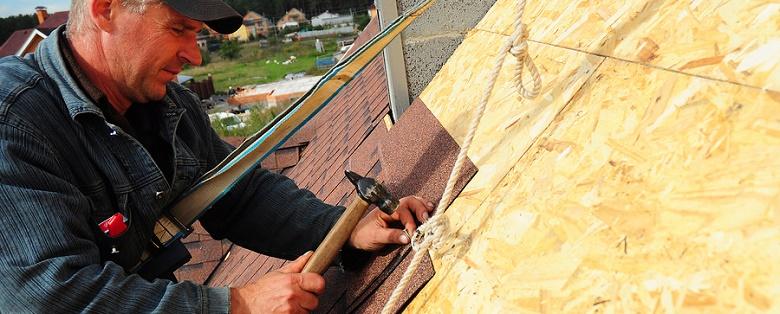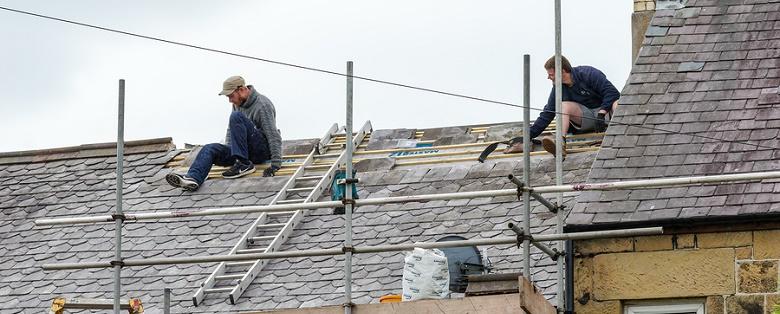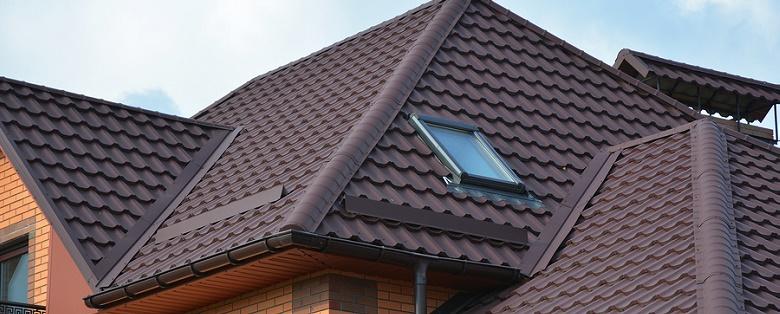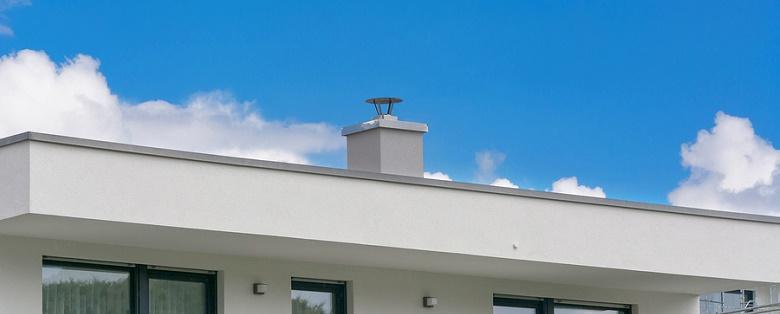With the number of unqualified contractors out there doing substandard work on both residential and commercial roofs alike, finding a reputable roof company can be a real challenge.
Roofing work is expensive and a roofer who doesn’t care about their customer can leave you footing an expensive and unnecessary repair bill later on.
If you need a new roof or some other work done, use these tips to find the best roofer to take care of it.
Screen contractors carefully so you find one that will be easy to work with and do a great job for you
Referrals and Testimonials
Start your search by seeking referrals from neighbors, friends, and family who may be able to recommend a local contractor who did a good roofing job for them.
Check online business listings for your community as well.
When you visit the roof company’s business pages, look for reviews and testimonials left by others that can give you an idea of which roofers are worth pursuing further and which to skip over.
Licensing and Designations
Visit a roof company’s website and look for designation seals from different manufacturers and an indication that they have whatever local or state licensing may be required for the business to operate.
Manufacturer designations indicate that the contractor has received training on how to properly install certain products and has passed the requirements.
This can be important in instances where roofing products require specific procedures to apply them correctly.
Better Business Bureau Rating
Investigate the company with the BBB and review their rating.
Roof companies with low ratings and lots of complaints should probably be avoided for obvious reasons
Proof of Insurance
Once you’re in direct communication with a roofing service, ask for proof of insurance.
All roofers should carry insurance that covers their employees and any subcontractors they may hire to work with them.
Look for liability coverage as well as workers' compensation coverage and call the insurance company to ensure the policy is valid.
Warranties Offered
You can tell a lot about roofing services by the warranties they offer.
A good warranty should include not just the manufacturer's warranty on the products but also a warranty on the roofing workmanship.
A reputable roofer who does quality work is not afraid to warrant their services.
Check the fine print to understand details regarding labor, materials, repairs, and all other stipulations.
Safety Practices
Inquire about the safety protocols this roofing services uses and whether all employees have been trained on these practices.
Since roofing can be a dangerous job, be sure they take safety seriously and take steps to minimize accidents and injuries.
Do The Research to Find A Great Roof Company
No matter what kind of roofing services you need, it’s critical to hire a reputable and experienced roof company to take care of it.
Using these points as a guide, research all the possibilities to find a trusted roofer with a history of excellent work so you can hire in confidence!





